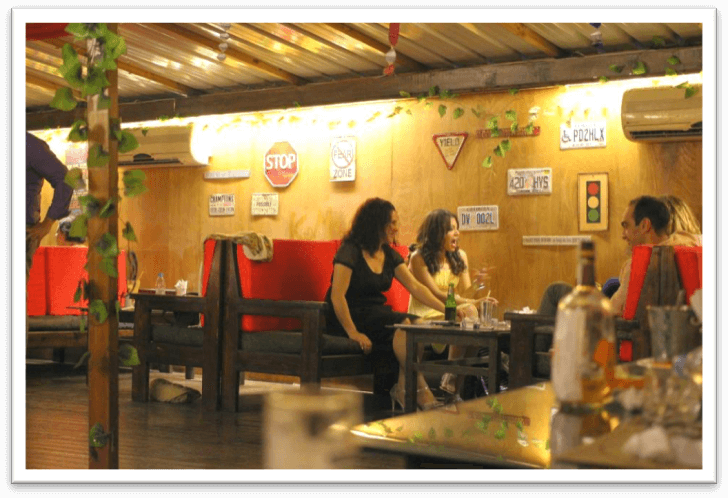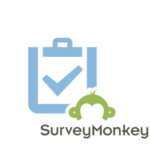7 Practical Tips to Procure Incredible Charity Auction Items
With summer and Labor Day in the rearview mirror, we are headed for the thick of fall fundraising season! One of the most popular types of fundraising events organizations can hold is the charity auction. Live and silent auctions are a great opportunity to reconnect with donors, raise money, spread awareness about your mission and have fun!
Whether you’ve held an auction for years or are considering trying one for the first time, you know procuring high quality items is key to fundraising success. Why? The better the items, the more bids you’ll attract!
Here are 8 simple tips to put together an auction catalog that gets donors eager to place bids.
1. Form a procurement committee
2. Host a procurement party
3. Create a wish list
4. Ask donors what they want to bid on
5. Review proven bestsellers
6. Cast a wide net
7. Track Replies
Let’s get started!
1. Form a procurement committee
Once you’ve decided to hold an auction, this is the first and arguably most important step: assembling a team of volunteers that will help procure donated or high-yield items for the auction. Find a handful of volunteers (at least 4) that are…
• Available: Can meet every 1 to 2 weeks before your event to give progress updates
• Go-getters: Need to contact local businesses and individuals for donated items
• Persistent: Can follow up with said potential donors and track responses
• Passionate: Convey enthusiasm for the cause and understanding of the organization
If you work with a nonprofit, avoid asking staff members and other event organizers to lead the way. While they can ask around and look for donation opportunities when possible, this job requires total focus on one goal—procuring amazing items.
2. Host a procurement party
Here comes the fun part! Kick the procurement process off on a fun note by gathering the committee together for a 1- to 2-hour party. Look for an environment that’s relaxed, casual, and quiet enough for everyone’s voices to be heard. (Note to the host or hostess: Serving refreshments is a must!)
See if one of the members would be willing to host the party at their house or in their backyard, or try meeting at a local restaurant or coffee shop.

3. Create a “wish list”
At the procurement party, take 15 minutes or so to jot down every idea that comes to mind for silent and live auction items. This is your auction “wish list,” or items that you will pursue to get donated for the auction. Try brainstorming first individually, then coming together and sharing as a group.
Remember, no idea is too farfetched or impossible to procure. Just focus on items that would be desirable, high quality and not easily obtained. The more exclusive or unique the item, the more they stand out, and the more bidders feel your event is the one opportunity they’ll have to get this item (while supporting a great cause!).
This can be tough for any procurement team, and even more so for first-timers.
To the rescue: a list of over 400 incredible auction items. Categories range from home and garden items to art supplies, food and wine to travel experiences and more, so there will be something for every bidder.
Download the free list at you.winspireme.com/400-ideas, then print off and bring to the party. Problem solved!




4. Ask donors what they want to bid on
Your donor database is your target audience: the ones who will bid on and purchase items at the event. Wouldn’t it be helpful to know just what they would like to see at your auction?
Fortunately there’s a simple solution: to ask.



Send out a quick online survey using a free tool like SurveyMonkey or Google Forms. If you’ve held the event in the past, ask what items they’ve liked most and which categories they want to see more of.
For example, travel is always a bestseller at auctions. Studies show we increasingly have enough “stuff,” and donors are willing to pay top dollar for unique experiences. By finding out what destinations or activities are on their “bucket lists” (think: NASCAR driving, skydiving, or a trip to Italy), you know those items are guaranteed to generate interest.
If this is your first auction, ask donors to rate their interest in an auction and identify types of items they’d be most interested in buying.
Be sure the survey has very few questions and takes under five minutes to complete.
5. Review proven bestsellers
If you have prior experience holding a live or silent auction, it’s critical to review past numbers with your auction committee before procuring. Hopefully much of your audience is repeat attenders, so looking at big sellers from previous years is a virtually foolproof indicator of what guests like buying at the event.
That said, it’s also important to mix things up by offering new and exciting items in your auction. Donors like to be surprised and delighted, so don’t be afraid to think outside the box.
If it’s your first silent and live auction, consider categories and items that are proven bestsellers according to fundraising professionals. These include travel, wine, cigars, gadgets, and more. For more, read “Fishing for Bids: Best and Worst Items to Bait Donors.”
6. Cast a wide net
Now that you have your wish list of high quality, distinctive items to procure, it’s time for your committee to divide and conquer.
Have procurers list out any and every person they know, from their sister to the mailman and more, then select a few dozen to ask before the event. You’ll want to make the most of your time by focusing on those with realistic possible connections to these items.
Then, arm your committee with a quick one-sheet or promotional flyer on the organization and event (date, time, venue, ticket price and so forth) to share with potential donors. Committee members also need to provide a procurement letter and donation form.
7. Track replies
As the committee begins contacting potential donors and receiving responses, track “Yes”es and “No”s in a group spreadsheet.
Expert Tip: Click here to view a sample spreadsheet tracking donation acquisition requests.
You don’t want to waste time doubling up on an ask, forget to follow up with an ask, or worse, let a potential donor fall through the cracks completely. So it’s important to carefully document every request made and the final outcome.




We hope this post gave you plenty of practical ideas for the procurement process. Whether you’ve been holding an auction for years or are considering one for the first time, procuring an incredible auction catalog is well within reach. When done right, auctions can be a very lucrative endeavor and a true game changer for your organization or cause.
This post was created in collaboration with Summy Lau of Winspire. For a thorough step-by-step explanation of the procurement process and even more resources on auction item procurement, check out this free resource from the Winspire team: http://you.winspireme.com/procuring-quality-charity-auction-items
For more information on creating the best charity auction, check out our silent auction tips.
Author Bio: Summy Lau




Winspire provides incredible travel packages and hotel stays with no upfront cost for charities to use in fundraising auctions and raffles. As Fundraising Editor, Summy brings extensive experience in nonprofit development, event fundraising and publishing to the blog, Winspire News. Click here to sign up for weekly articles, time-saving templates and other resources designed to help nonprofits meet and exceed their event revenue goals.

Leave a Comment